A Visual Guide to AI Agents
How AI agents work, key agentic patterns, benefits and challenges.
People are saying 2025 is the year of AI agents, and honestly, they are right!!
Today, I’ll explain what AI agents are, using simple explanations and visuals.
By the end, you should have a clear understanding of how they work.
Sometimes, I see people using just LLMs in an AI workflow and calling them AI agents or agentic, which isn’t always correct.
A workflow is a set of connected steps used to complete a specific task or goal. The simplest workflows are deterministic, meaning they follow a fixed path and cannot adapt to new information or changes. When a workflow uses LLMs or machine learning models, it's often called an AI workflow.
AI Workflows
AI workflows can be either non-agentic or agentic.
Non-Agentic Workflow: An LLM is given an instruction and produces a response. For example, in a question answering workflow, the input is a question, the LLM generates an answer, and the workflow returns that answer.
Even if you give the LLM an extra tool, the workflow is still non-agentic if it follows a fixed path and the LLM has no control over decisions or actions.
Agentic Workflow: An agentic workflow is a set of connected steps carried out by an agent or multiple agents to complete a task or goal. These workflows use key features of AI agents, such as reasoning, planning, tool use, and memory.
Now let’s take a closer look at AI agents.
AI Agents
AI agents are systems that use LLMs for reasoning and decision-making, along with tools to interact with the real world. This allows them to handle complex tasks with minimal human input. Each agent is given a specific role and a certain level of autonomy to achieve its goal. They also have memory, which helps them learn from past actions and improve over time.
Components of an AI Agent
Reasoning: AI agents work well because they can reason step by step. This ability comes from the LLM (with defined role and task) and supports two main functions: Planning and Reflecting.
Memory: Stores context and relevant information. Short-Term memory tracks the current interaction, while Long-Term memory holds past knowledge and experiences.
Tools (vector search, web search, APIs, etc.): Extends the agent’s abilities beyond text generation, giving it access to external data, real-time information, or APIs.
Agentic Patterns
These patterns enable agents to dynamically adapt, plan, and collaborate, ensuring that the system can handle complex, real-world tasks with precision and scalability.
1. Reflection
The reflection pattern is a self-feedback mechanism, enabling agents to iteratively evaluate and refine their outputs.
Reflection is especially useful for tasks like coding, where the agent may not succeed right away. For example, it can write code, test it, analyze any errors, and use that feedback to fix and improve the code until it works.
By critiquing its own work and learning from each step, the agent can improve without human help. These reflections can be saved in memory so the agent solves future problems faster and adapts to user needs over time.
2. Tool Use
Agents interact with external tools like vector search, APIs, or web search to expand their capabilities.
This pattern allows agents to gather information, perform computations, and manipulate data beyond their pre-trained knowledge. By dynamically integrating tools into workflows, agents can adapt to complex tasks and provide more accurate and contextually relevant outputs.
3. Planning
Planning is a key agentic pattern that enables agents to autonomously decompose complex tasks into smaller, manageable subtasks.
Planning works best when the path to the goal is unclear and flexibility is important. For example, to fix a software bug, an agent might first read the bug report, find the relevant code, list possible causes, and then choose a debugging method. If the first fix fails, it can adjust based on the new error.
This is useful for solving complex problems that require flexibility and multiple steps.
4. Multi-Agent
Multi-agent collaboration allows agents to specialize in different tasks and work in parallel. Agents share progress and results to keep the overall workflow efficient and consistent.
By breaking complex tasks into smaller parts and assigning them to different agents, this approach makes workflows more scalable and flexible. Each agent can use its own memory, tools, reflection, or planning, which supports dynamic and collaborative problem-solving.
Benefits of Agentic Workflows
Flexible and adaptable: Agentic workflows adjust to changing tasks and challenges. Unlike rule-based systems, they evolve based on task complexity and can be customized using different patterns.
Efficiency Gains: Agentic workflows can automate repetitive tasks with high accuracy.
Self-correcting and learning: Using feedback and memory, agents refine their actions over time. This leads to better performance with each use.
Better at complex tasks: By breaking complex problems into smaller steps, agents handle complex tasks more effectively.
Challenges of Agentic Workflows
Overkill for simple tasks: AI agents can create extra overhead when used for simple tasks, leading to unnecessary complexity and higher costs.
Less predictable: More autonomy means more unpredictability. Without proper guardrails, agent outputs can become unreliable or hard to control.
Ethical concerns: Not all decisions should be left to AI. Sensitive tasks need human oversight to avoid mistakes or harm.
Agentic workflows are powerful, but they come with extra complexity and computation. Use them only when needed.
Liked this article? Make sure to 💜 click the like button.
Feedback or addition? Make sure to 💬 comment.
Know someone that would find this helpful? Make sure to 🔁 share this post.
Get in touch
You can find me on LinkedIn | YouTube | GitHub | X
Book an Appointment: Topmate
If you wish to make a request on particular topic you would like to read, you can send me an email to analyticalrohit.connect@gmail.com



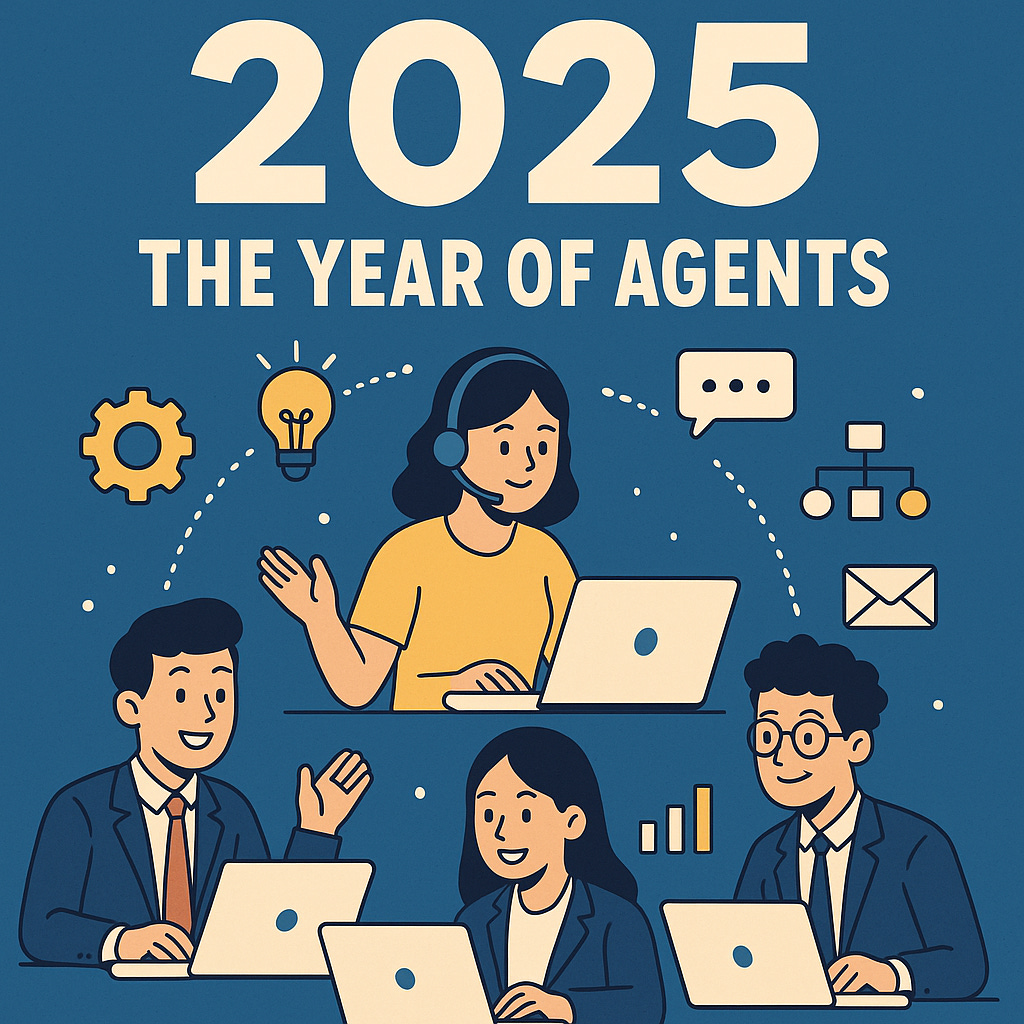
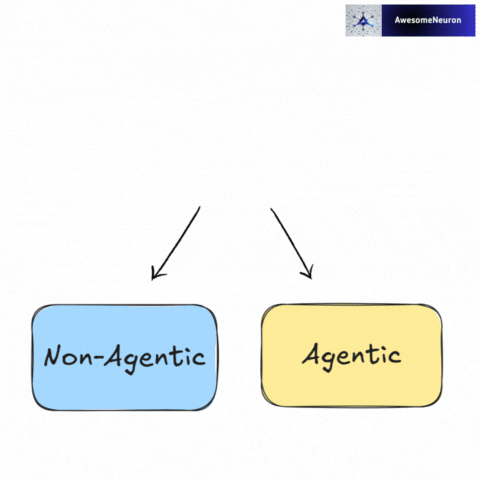

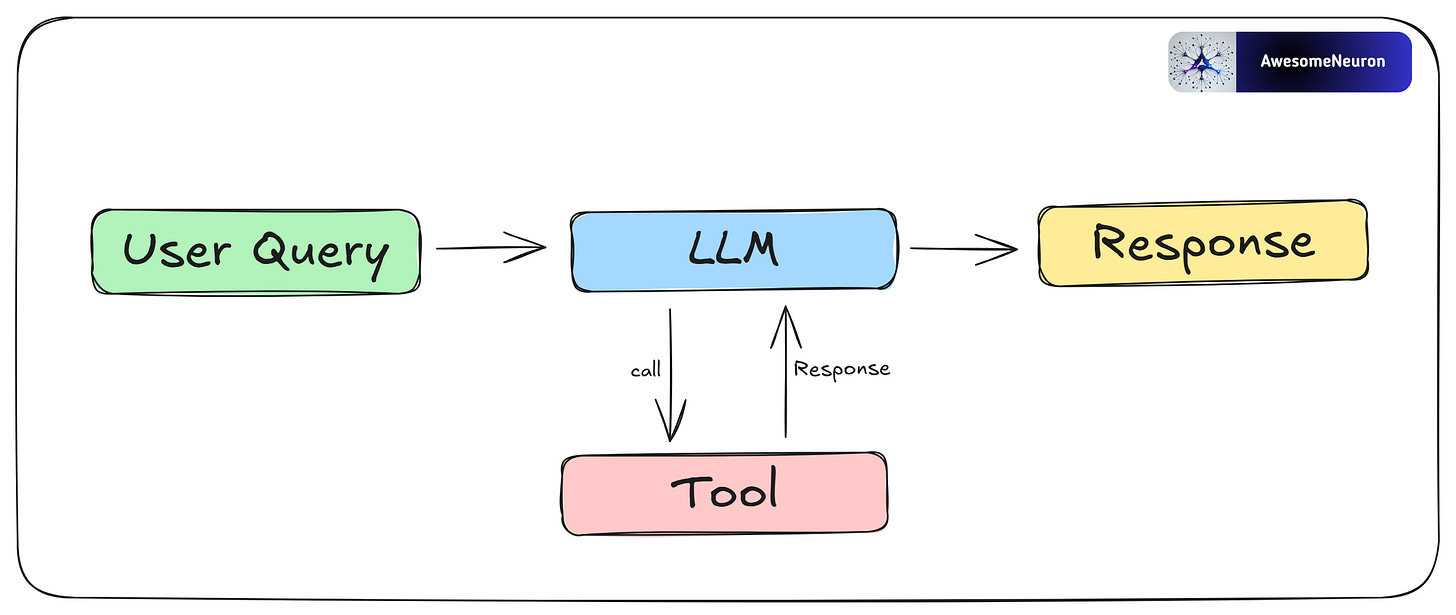

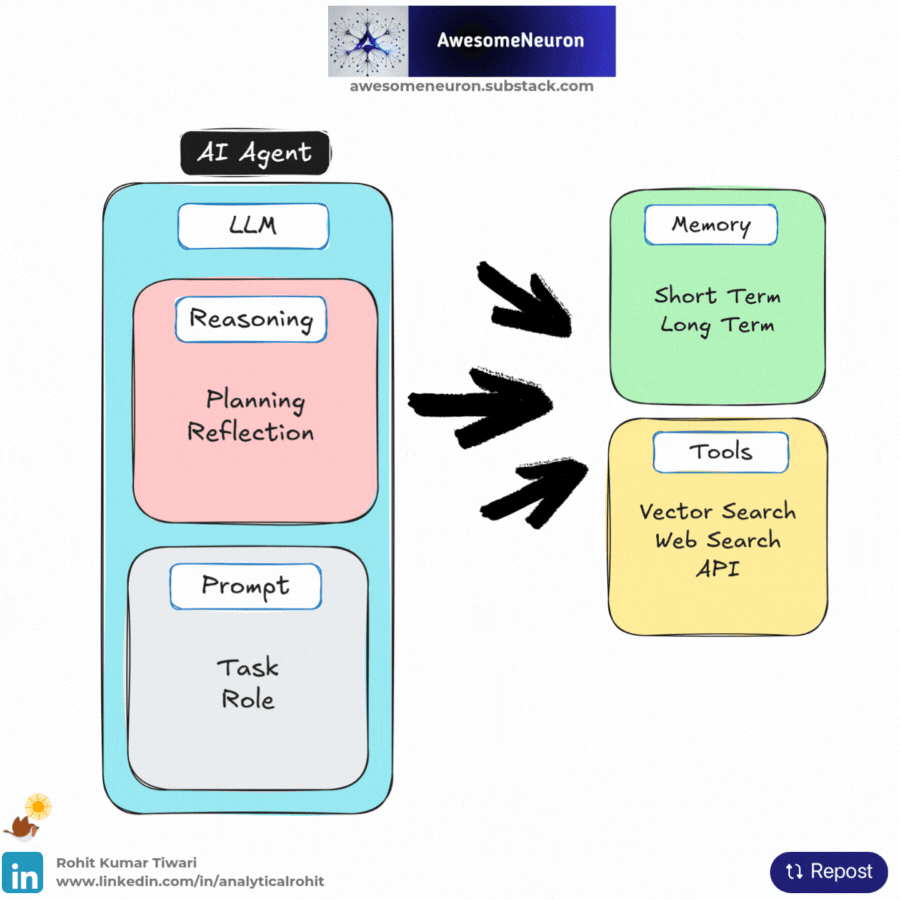
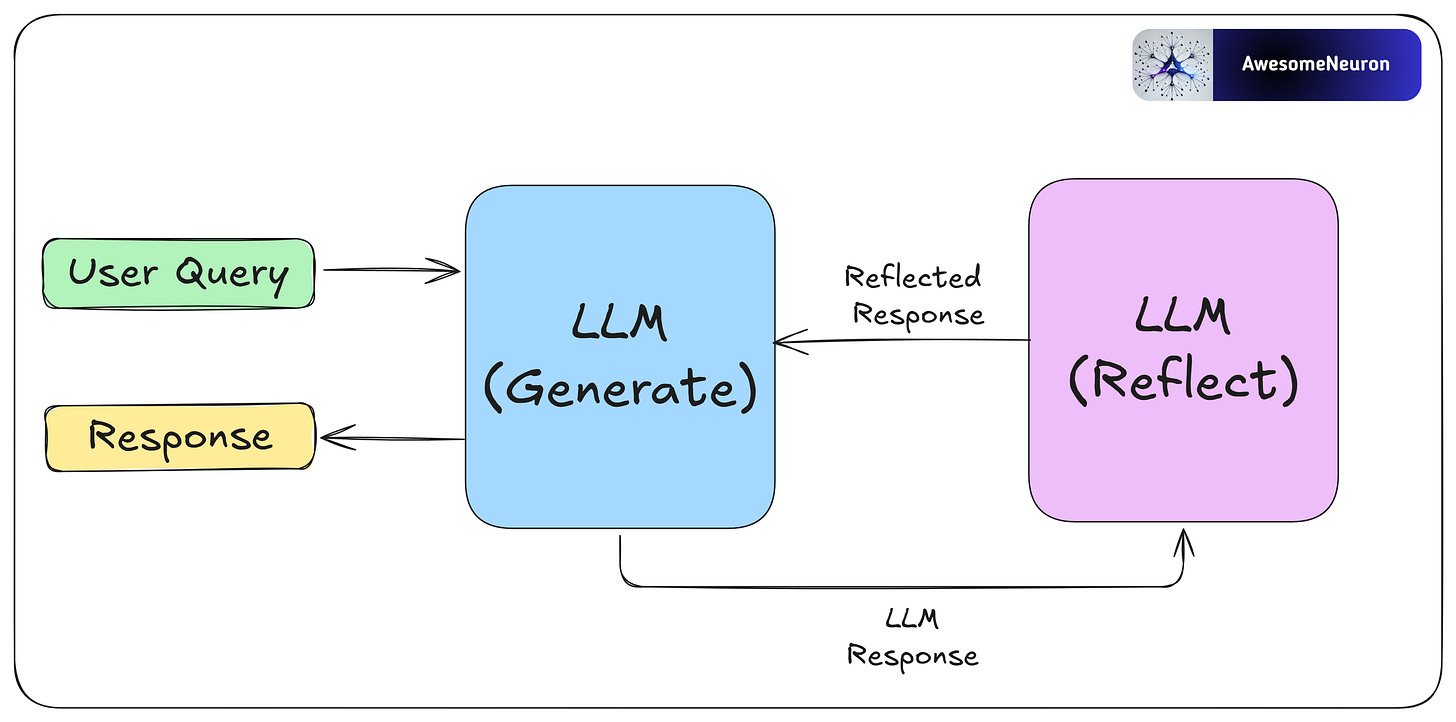
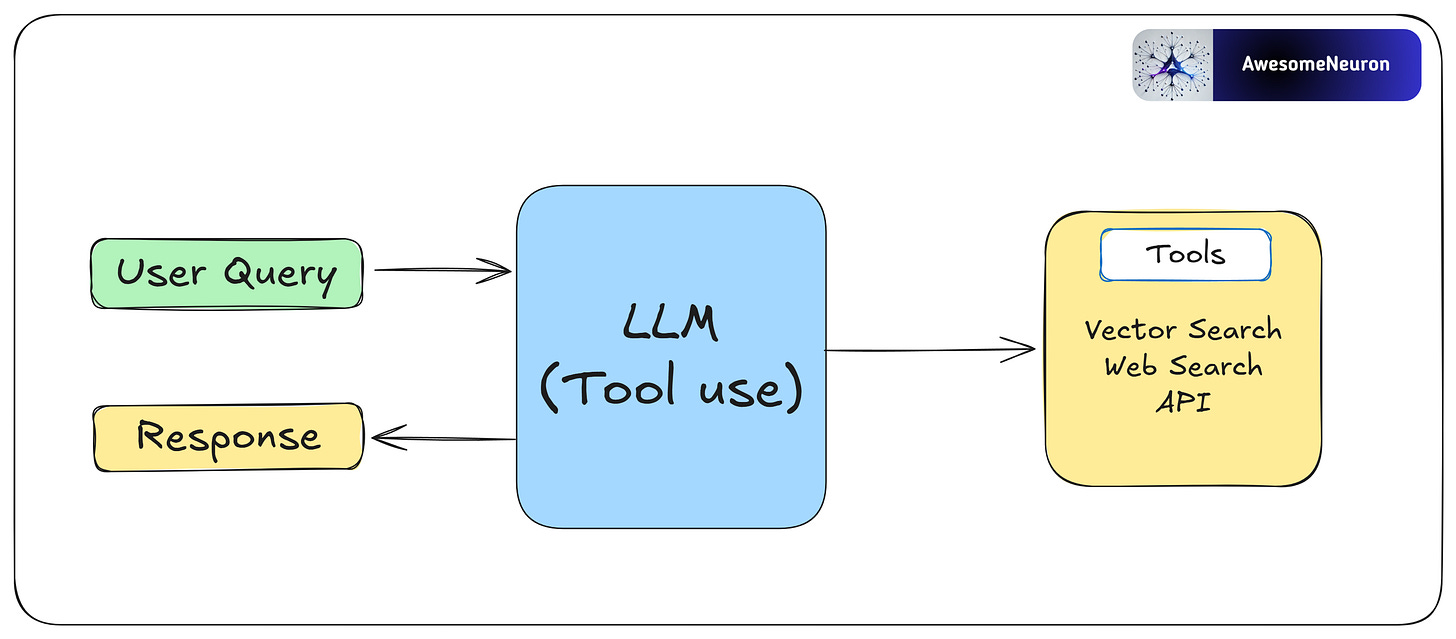
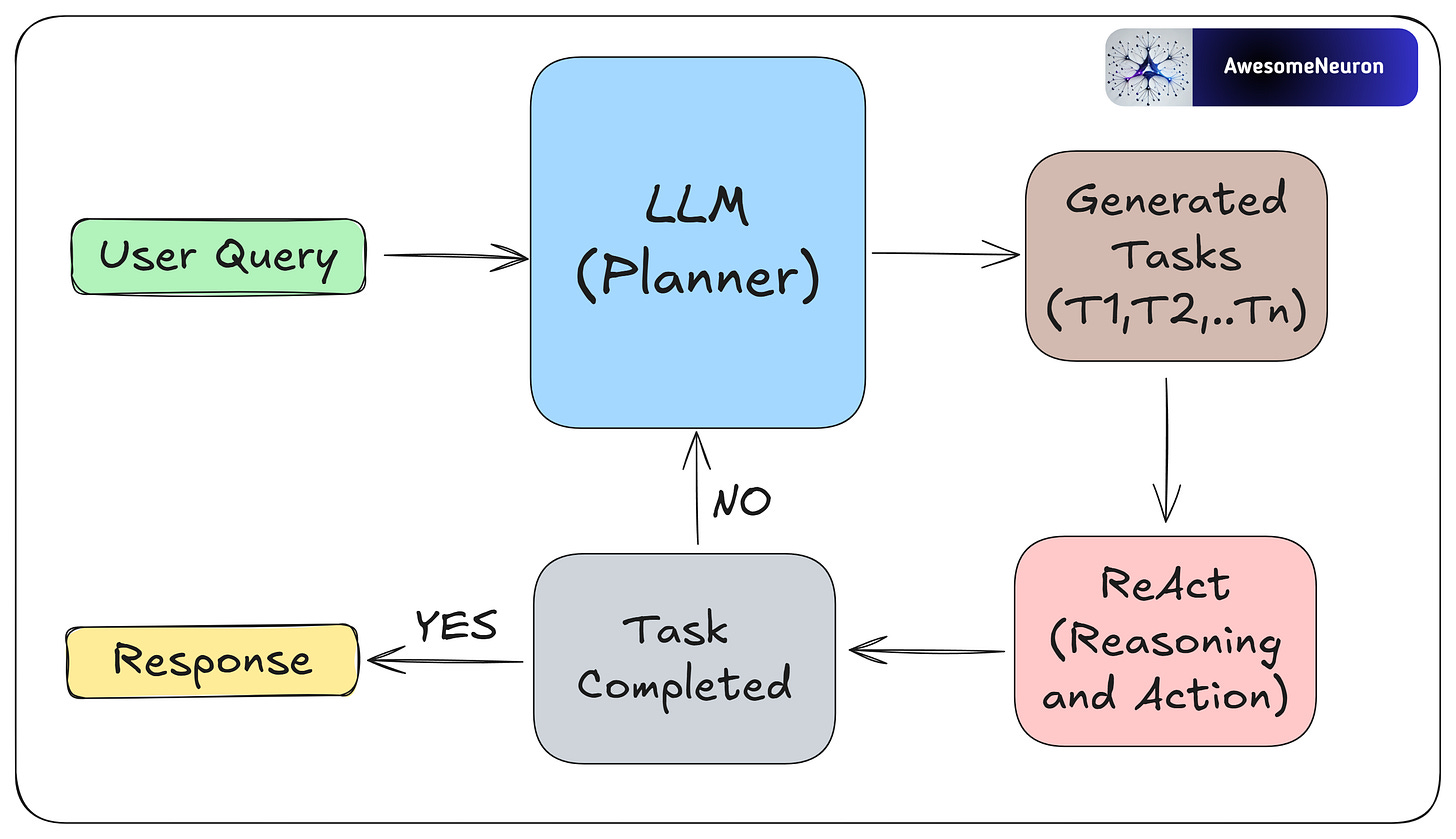
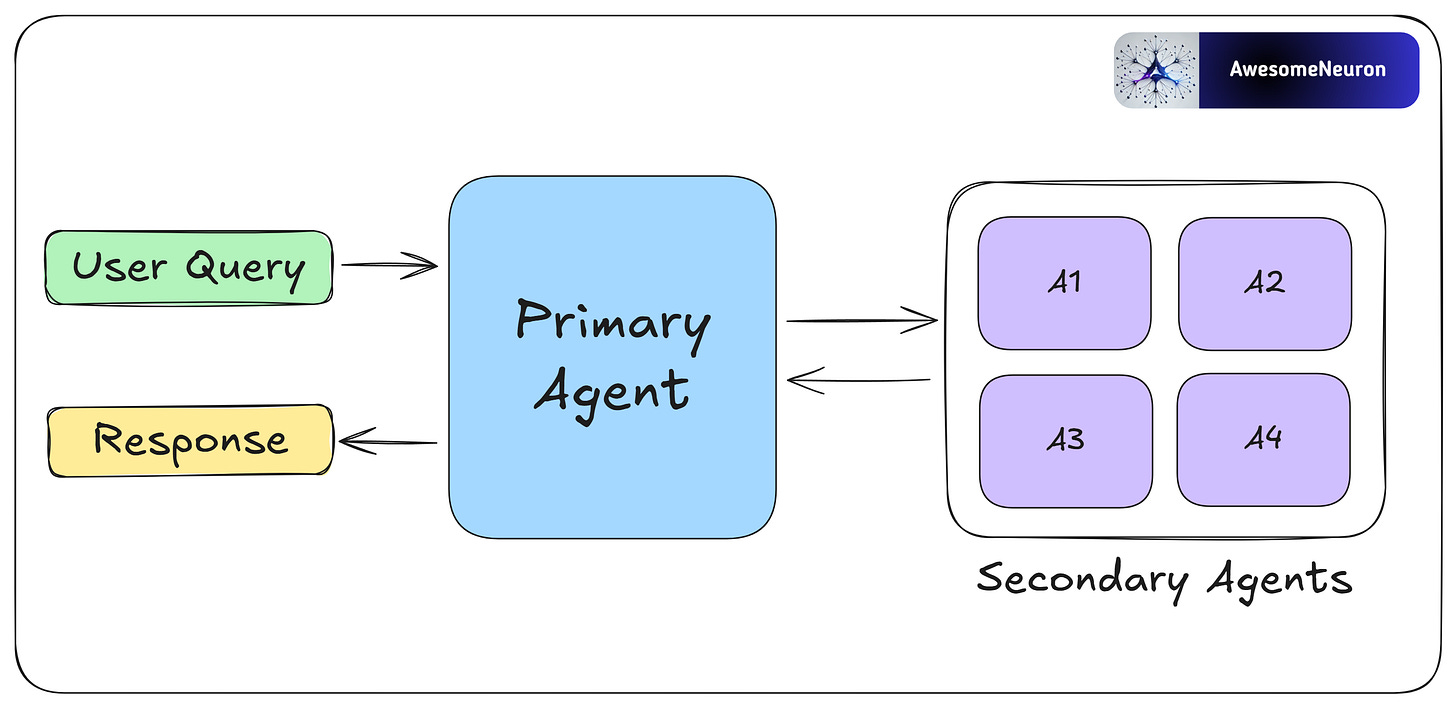
Excellent discourse!
This is gold, thank you Rohit!